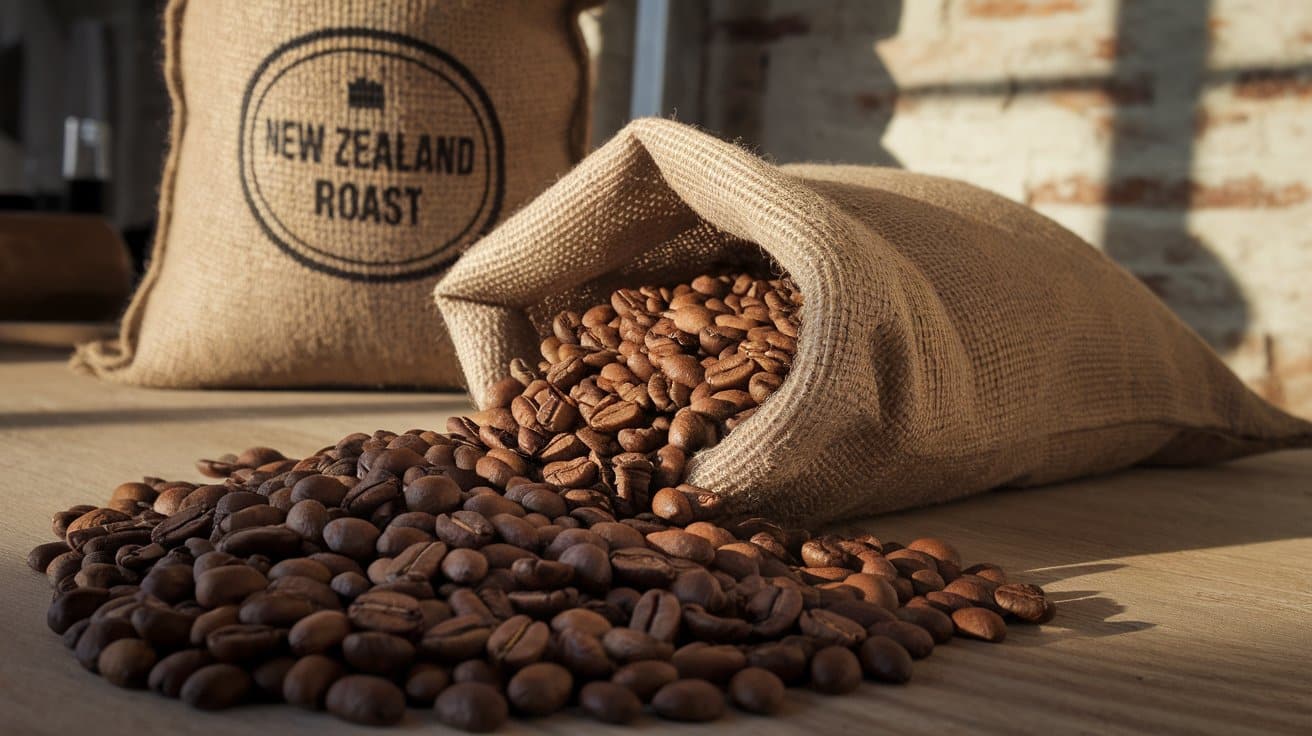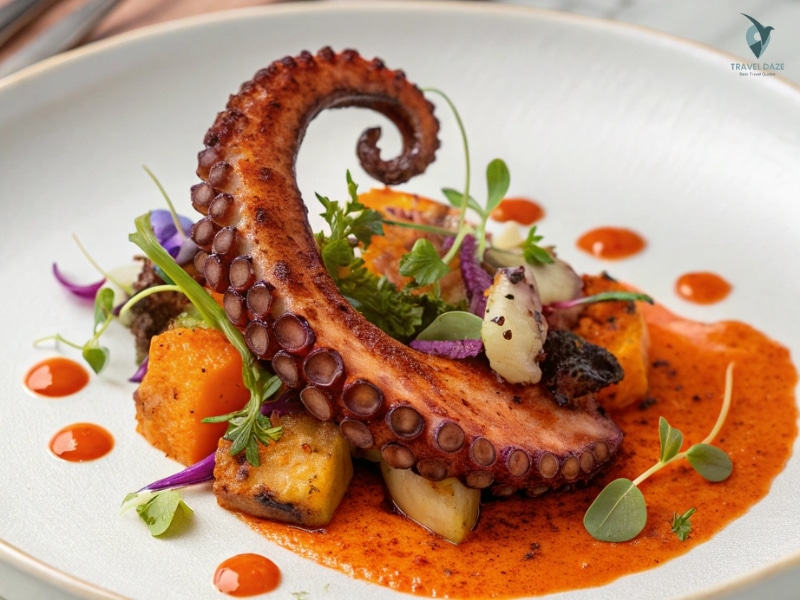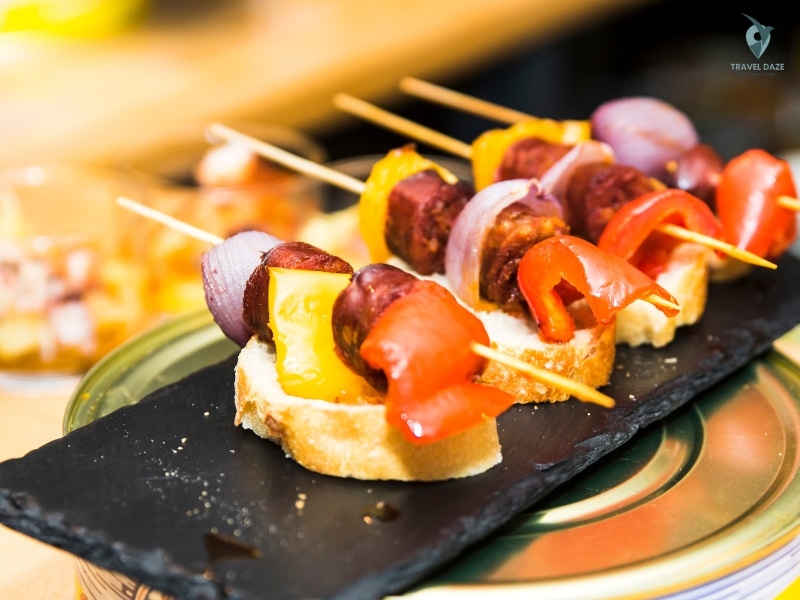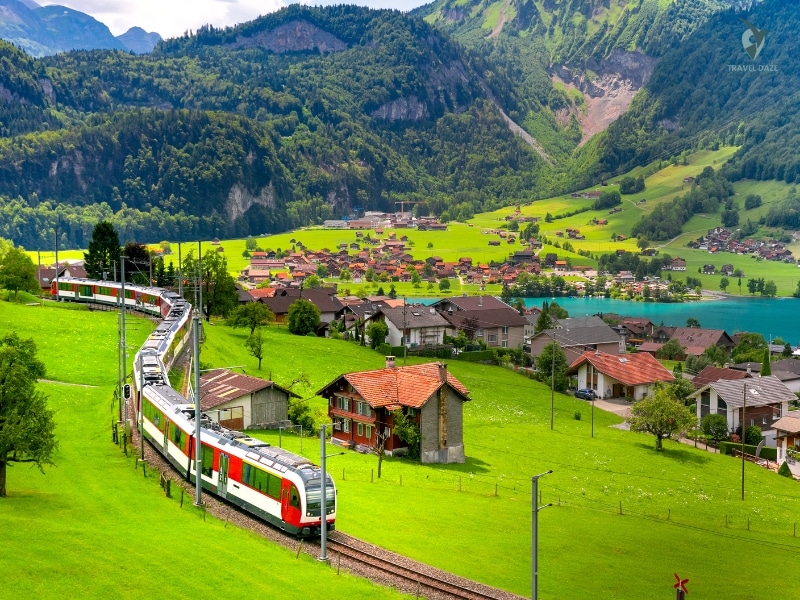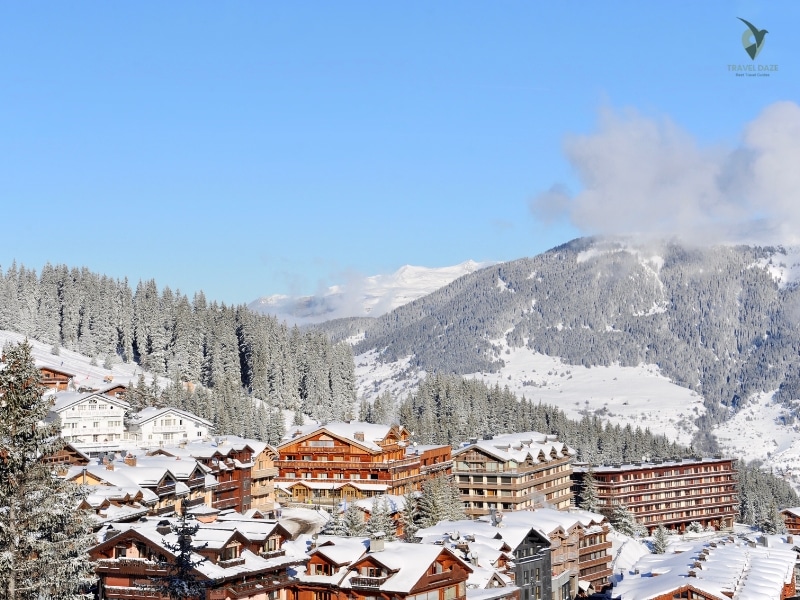The aroma hit me before I even opened the door. Rich, bold coffee scents wafted from a tiny cafe in Wellington, stopping me in my tracks. That moment marked the beginning of my three-month love affair with New Zealand’s coffee culture – a journey that changed how I think about coffee forever.
Table of Contents
ToggleWhy New Zealand Coffee Stands Out
First and foremost, New Zealand takes coffee seriously – really seriously. Forget about instant coffee and basic drip coffee machines. Here, baristas treat coffee-making like an art form. Every shot of espresso gets careful attention, and the standard for a good cup sits sky-high.
Throughout my travels across both islands, I discovered why New Zealand coffee earned its spot among the best coffee in the world. The secret? A perfect storm of skilled baristas, quality coffee beans, and a culture that values coffee as more than just a morning pick-me-up.
Furthermore, the country’s isolation played a crucial role in developing its unique coffee scene. Since New Zealand sits far from traditional coffee capitals, locals had to create their own coffee culture. As a result, they developed distinctive styles and methods that set their coffee apart.
The Flat White Story: New Zealand’s Gift to Coffee Lovers
Moving on to perhaps the most famous aspect of New Zealand coffee, let’s talk about the flat white. While Australians might disagree, many credit New Zealand as its birthplace. My first flat white in Auckland changed my life – the perfect balance of steamed milk and a double shot of espresso created something magical. Ever since that first sip, I’ve been chasing the same velvety richness in coffee shops around the world. Beyond its incredible coffee culture, New Zealand offers so much to explore, from the striking landscapes to hidden gems like the Victorian architecture in Oamaru, which transports you to another era. Sipping a flat white while wandering those charming streets feels like the perfect blend of past and present.
What makes it special? Above all, it’s the milk. Baristas here steam it differently than for a latte, creating a silky, velvety texture that blends perfectly with the espresso. The amount of caffeine packs a punch, but the smooth texture makes it dangerously drinkable.
Additionally, the temperature matters immensely. Unlike many other countries where coffee often comes scalding hot, New Zealand baristas serve flat whites at a perfectly drinkable temperature, allowing you to taste all the coffee’s subtle flavors immediately.
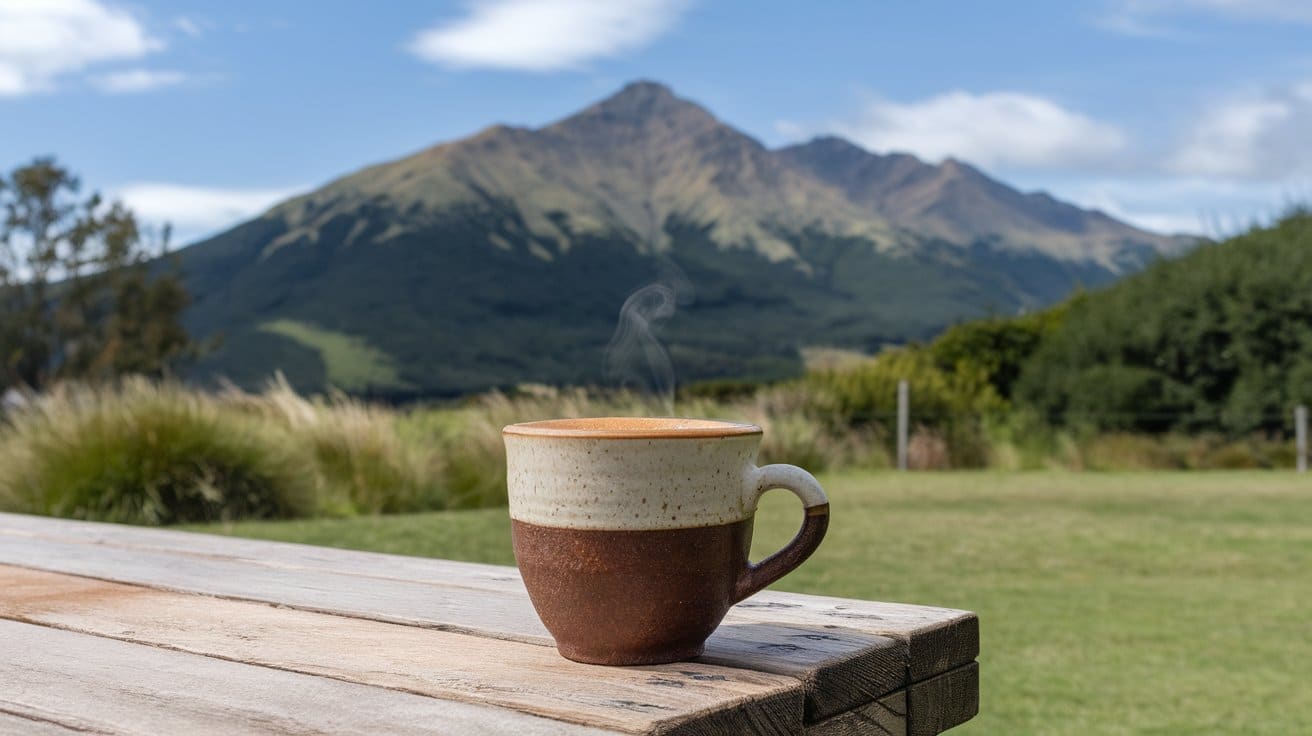
Evolution of New Zealand’s Coffee Scene
Before diving deeper into current coffee trends, it’s worth noting how far New Zealand’s coffee culture has come. Back in the 1980s, instant coffee dominated Kiwi kitchens. However, the 1990s brought a coffee revolution. Small roasteries opened, espresso machines appeared in more cafes, and people began appreciating quality coffee.
Beyond the Flat White: Essential Kiwi Coffee Orders
Subsequently, New Zealand coffee shops developed a rich menu of coffee options you might not find elsewhere. Here’s what I learned to order:
Long Black
Americans, forget everything you know about black coffee. A long black starts with hot water, then adds a double shot of espresso on top. This method keeps the crema intact and creates a rich, bold cup without any burnt taste.
Flat White
As mentioned earlier, this drink combines steamed milk with espresso. The key difference from a latte? Less milk, more coffee flavor, and that signature silky texture. Moreover, the perfect flat white should have minimal foam and a glossy finish.
Short Black
Simply a shot of espresso, but done right. Expect a perfect crema and balanced flavor. Additionally, many cafes serve it with a small glass of sparkling water to cleanse your palate.
Americano vs. Long Black
Notably, there’s a crucial difference between these two drinks. While both use espresso and hot water, the order of ingredients changes the entire experience. In particular, adding espresso to hot water (Americano) breaks the crema, while adding water to espresso (Long Black) preserves it.
Best Coffee Roasters in New Zealand
Havana Coffee Works
This Wellington-based roaster became my regular stop. Their commitment to ethical sourcing and perfect roasting shows in every cup. The vintage espresso machine in their flagship store adds to the experience. Plus, their baristas gladly share their knowledge about different roasts and brewing methods.
Coffee Supreme
Found across major cities, they roast some of the best coffee beans I’ve tried. Their training program for baristas helps maintain high standards across their cafes. Similarly, their commitment to sustainability sets an example for other roasters.
Flight Coffee
Another standout roaster, Flight Coffee focuses on direct trade relationships with farmers. Consequently, they offer some of the most unique and flavorful beans in the country.
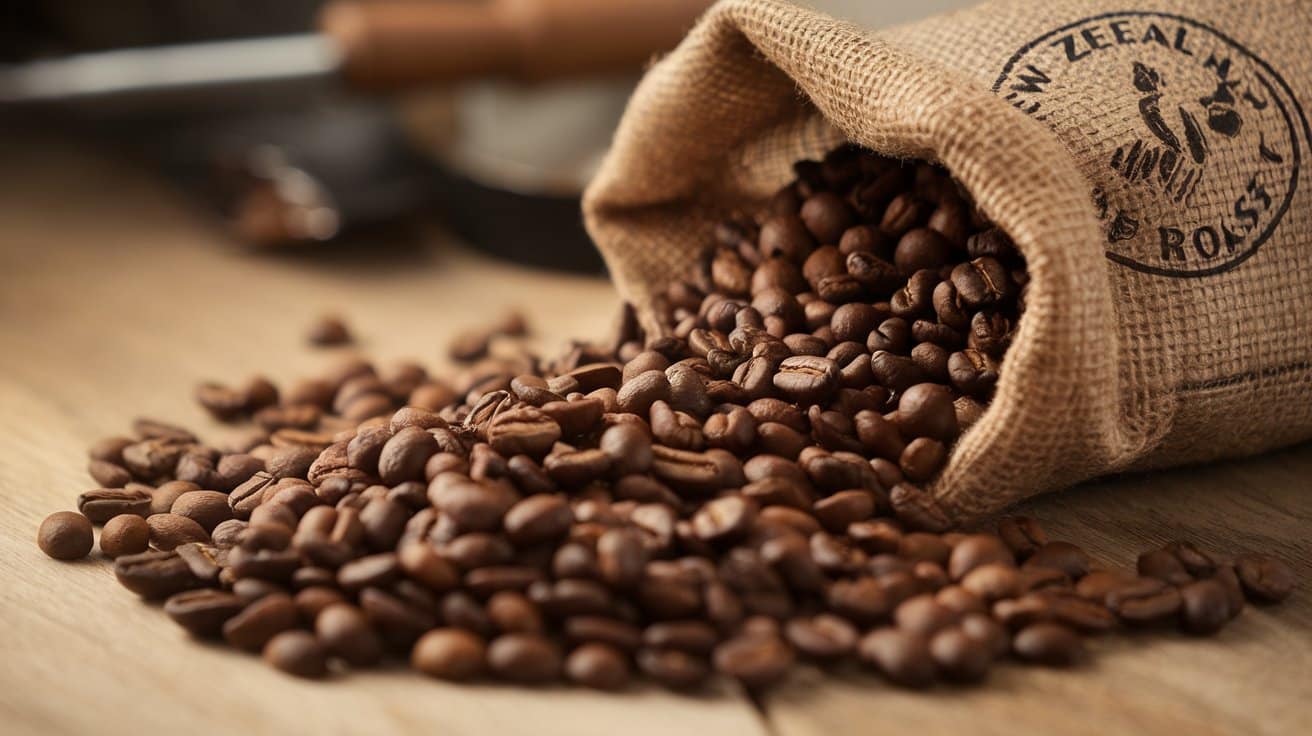
Regional Coffee Adventures
Wellington: Coffee Capital
Wellington deserves its reputation as New Zealand’s coffee capital. The city packs hundreds of coffee houses into its compact center. Each morning, I watched locals line up at their favorite spots, debating the merits of different roasts and brewing methods.
Moreover, the competition between cafes drives innovation. As a result, Wellington’s coffee scene constantly pushes boundaries while maintaining exceptional quality standards.
Auckland: Modern Coffee Scene
Auckland’s coffee culture mixes traditional methods with modern trends. I found excellent spots serving everything from classic flat whites to cold brew and pour-overs using a french press. In addition, many cafes experiment with alternative milk options and new brewing techniques.
Small Town Surprises
Even tiny towns offered amazing coffee. Local roasters and passionate baristas bring big-city quality to small-town New Zealand. Surprisingly, some of my best coffee experiences happened in unexpected places.
The Culture Behind the Cup
Coffee in New Zealand means more than caffeine. These coffee shops create community spaces where people meet, work, and socialize. I spent countless hours in these spaces, watching locals catch up over perfectly crafted cups.
Most cafes discourage takeaway orders. Instead, they encourage customers to sit, relax, and enjoy their coffee properly. This social aspect sets New Zealand’s coffee culture apart from many other countries.
Understanding Coffee Basics: The New Zealand Way
The Importance of Good Beans
New Zealand roasters typically prefer lighter roasts that highlight the coffee’s natural flavors. Subsequently, this approach requires extremely high-quality beans and precise roasting techniques.
Water Quality Matters
Another key factor in New Zealand’s great coffee is the water quality. Pure water allows the coffee’s subtle flavors to shine through. Furthermore, most cafes use filtered water specifically calibrated for coffee brewing.
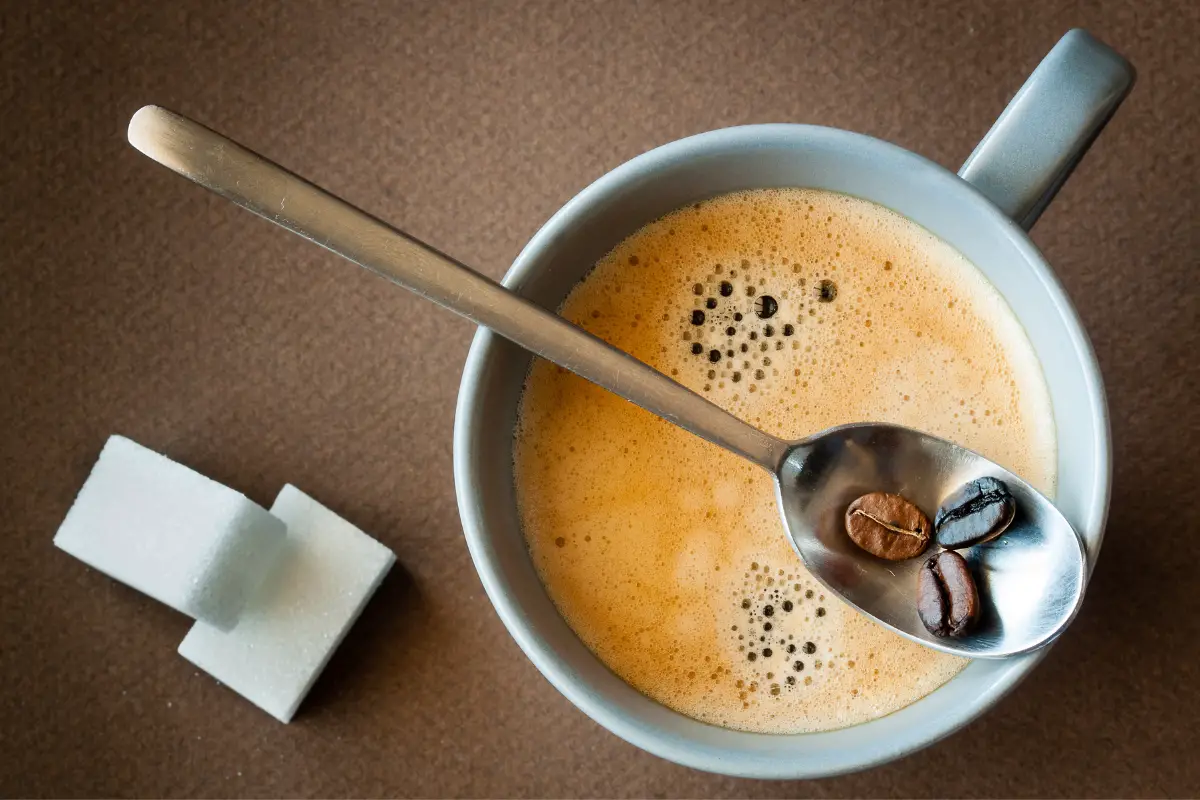
Tips for Coffee Lovers Visiting New Zealand
Best Times to Visit
Coffee shops get busy between 7-9 AM on weekdays. Visit mid-morning for a more relaxed experience and better chances to chat with baristas. Alternatively, late afternoon offers a quieter atmosphere.
Ordering Tips
- Skip the drip coffee – it’s rarely offered
- Expect to pay NZD 4-5 for a standard coffee
- Many places close early (around 4 PM)
- Ask baristas for recommendations – they love sharing their knowledge
Must-Try Experiences
- Watch baristas work their magic on manual espresso machines
- Try coffee from different regions within New Zealand
- Visit a local roastery for fresh beans
- Take a barista course – many roasters offer them
Bringing New Zealand Coffee Home
I couldn’t leave without learning how to recreate these drinks at home. Here’s what I learned:
Essential Equipment
- Quality espresso machine
- Good burr grinder
- Fresh beans from local roasters
- Proper milk steaming pitcher
- Temperature-controlled kettle
Tips for Better Home Coffee
- Use freshly roasted beans
- Get the water temperature right (91-96°C)
- Learn proper milk steaming techniques
- Clean your equipment regularly
- Store beans properly in an airtight container
Sustainability in New Zealand Coffee Culture
One aspect that particularly impressed me was the focus on sustainability. Many cafes use compostable cups, support fair trade practices, and minimize waste. Additionally, some roasters run recycling programs for their packaging.
Final Thoughts
New Zealand changed my coffee standards forever. The combination of skilled preparation, quality ingredients, and cafe culture creates something special. While you can find good coffee elsewhere, New Zealand’s coffee scene offers a unique experience that coffee lovers shouldn’t miss.
From that first Wellington cafe to my final flat white at the Auckland airport, every cup told a story of passion and dedication to coffee craft. The coffee culture here isn’t just about caffeine – it’s about community, quality, and taking time to enjoy life’s simple pleasures.
Most importantly, what sets New Zealand coffee apart isn’t just the technical excellence – it’s the whole experience. The warm welcome from baristas, the care put into each cup, and the social atmosphere all combine to create something truly special.
Frequently Asked Questions About New Zealand Coffee
Why is New Zealand coffee so special?
New Zealand coffee stands out because of three main factors: highly skilled baristas, quality beans, and strict standards. The isolated location forced the country to develop its own unique coffee culture. Baristas train for months before making drinks independently, and cafes use only fresh, quality beans.
What’s the difference between a flat white and a latte?
A flat white has less milk and more coffee flavor than a latte. The milk in a flat white gets steamed to create a velvety, microfoam texture throughout the drink. Lattes have more milk and a distinct layer of foam on top. The flat white typically comes in a smaller cup and packs more caffeine.
How much should I expect to pay for coffee in New Zealand?
Regular coffee drinks cost between NZD 4-5 (about USD 2.50-3.50). Specialty drinks or larger sizes might cost NZD 5-7. Prices in tourist areas or airports run slightly higher. Most cafes accept cards, but some small places prefer cash.
What are the best times to visit coffee shops?
Avoid the morning rush (7-9 AM) if you want a relaxed experience. Mid-morning (10-11 AM) or mid-afternoon (2-3 PM) offer the best times to chat with baristas and enjoy a peaceful coffee. Many cafes close around 4 PM, so check opening hours.
Do I need to tip baristas in New Zealand?
No, tipping isn’t expected in New Zealand cafes. The price includes service, and baristas receive fair wages. Some cafes have tip jars, but tipping remains optional and uncommon.
Can I get drip coffee or filter coffee in New Zealand?
Most cafes don’t serve drip coffee. The coffee culture centers around espresso-based drinks. Some specialty cafes offer pour-over or filter options, but these aren’t common. If you prefer black coffee, try a long black instead.
What’s the best coffee region in New Zealand?
Wellington holds the title of New Zealand’s coffee capital, with the highest concentration of quality cafes and roasters. However, Auckland and Christchurch also offer excellent coffee scenes. Even small towns often surprise visitors with outstanding cafes.
How do I order coffee like a local?
Start with size and type: “small flat white” or “large long black.” Most cafes offer regular and large sizes. Specify any modifications (extra shot, alternative milk) when ordering. Don’t expect American-style coffee terms to work here.
Are alternative milk options available?
Yes, most cafes offer soy, almond, oat, and coconut milk options. Some charge extra (NZD 0.50-1.00) for alternative milk. Oat milk has become particularly popular for its creamy texture in coffee drinks.
What’s special about New Zealand coffee beans?
While New Zealand doesn’t grow coffee beans, local roasters excel at sourcing and roasting. They typically prefer medium to light roasts that highlight the beans’ natural flavors. Many roasters maintain direct relationships with coffee farms worldwide.
Can I buy New Zealand coffee beans to take home?
Yes! Most roasters sell retail bags of beans. Buy beans as close to your departure as possible for maximum freshness. Many roasters also ship internationally. Ask for beans suitable for your brewing method at home.
Is instant coffee still popular in New Zealand?
While some households keep instant coffee for emergencies, it’s not popular in urban areas. The culture strongly prefers fresh, barista-made coffee. Even home brewers typically use whole beans and proper equipment.
Do cafes offer Wi-Fi and workspace?
Many cafes provide free Wi-Fi and welcome remote workers, especially in cities. However, during busy times, some places might limit table time. Check with the staff about their policies if you plan to work.
What’s the best season to experience New Zealand’s coffee culture?
The coffee scene thrives year-round. Summer (December-February) brings outdoor seating and cold brew options. Winter (June-August) offers cozy cafe atmospheres. Shoulder seasons (March-May, September-November) usually mean shorter lines and more relaxed experiences.
Can I take coffee making classes in New Zealand?
Yes! Many roasters and cafes offer barista courses. Options range from two-hour introductory sessions to professional certification programs. Havana Coffee Works, Coffee Supreme, and several other roasters run regular workshops.
How do New Zealand coffee shops maintain consistency?
Barista training, equipment maintenance, and quality control set high standards. Most cafes calibrate their espresso machines multiple times daily and train staff extensively. Many belong to roaster networks that provide ongoing support and training.
What should I try if I don’t like strong coffee?
Try a piccolo (small latte) or a flat white with an extra splash of milk. Many cafes also offer hot chocolate made with the same care as their coffee drinks. Some places serve tea lattes as alternatives.
Is New Zealand coffee very strong?
Most espresso-based drinks contain a double shot of espresso, making them stronger than many international counterparts. However, the careful preparation and quality milk balance the strength. You can always request a single shot if preferred.
These FAQs cover most common questions, but feel free to ask baristas for more specific information. New Zealand’s coffee professionals take pride in sharing their knowledge and helping visitors understand their coffee culture.

